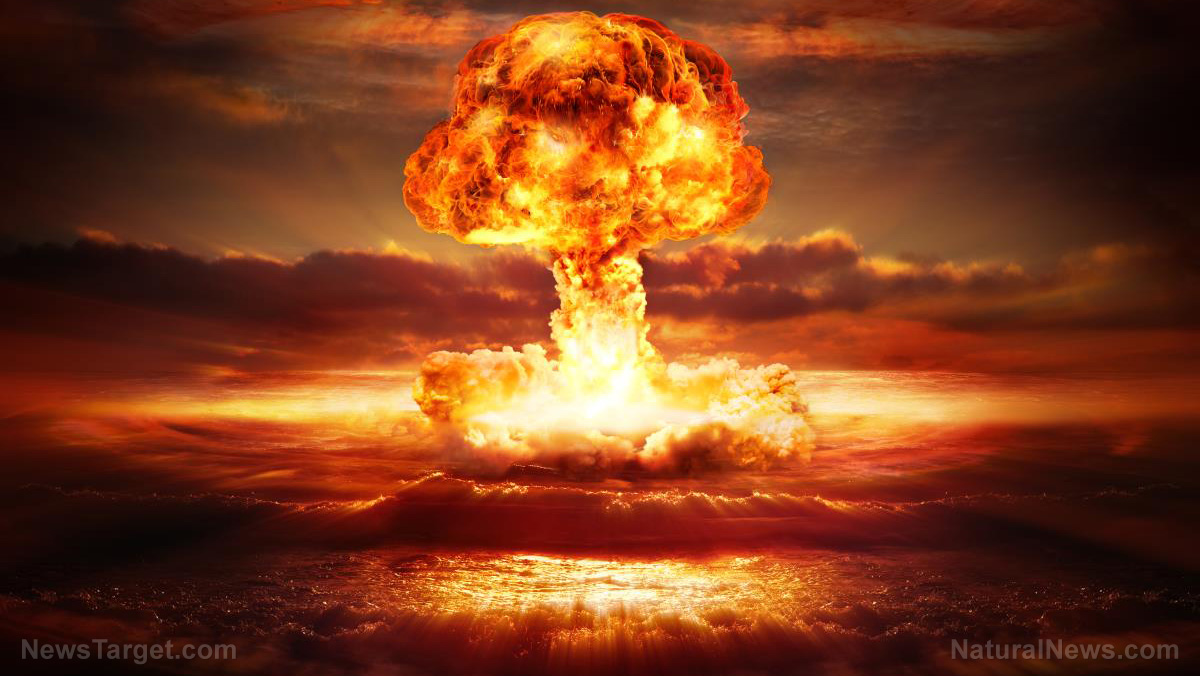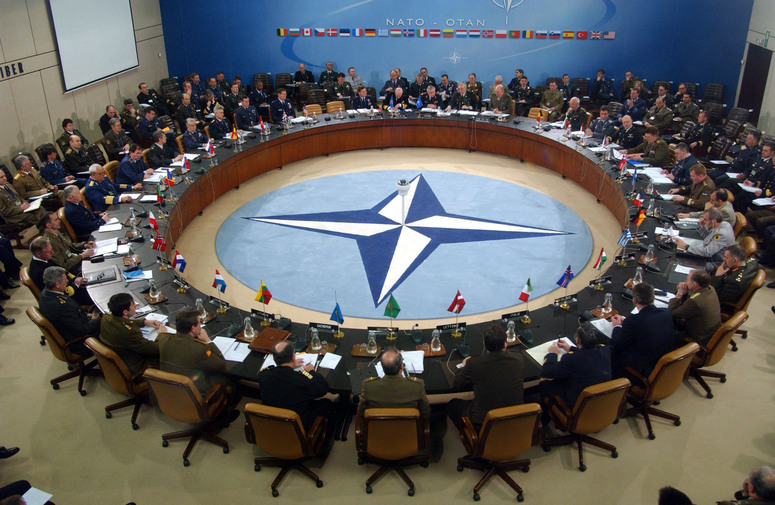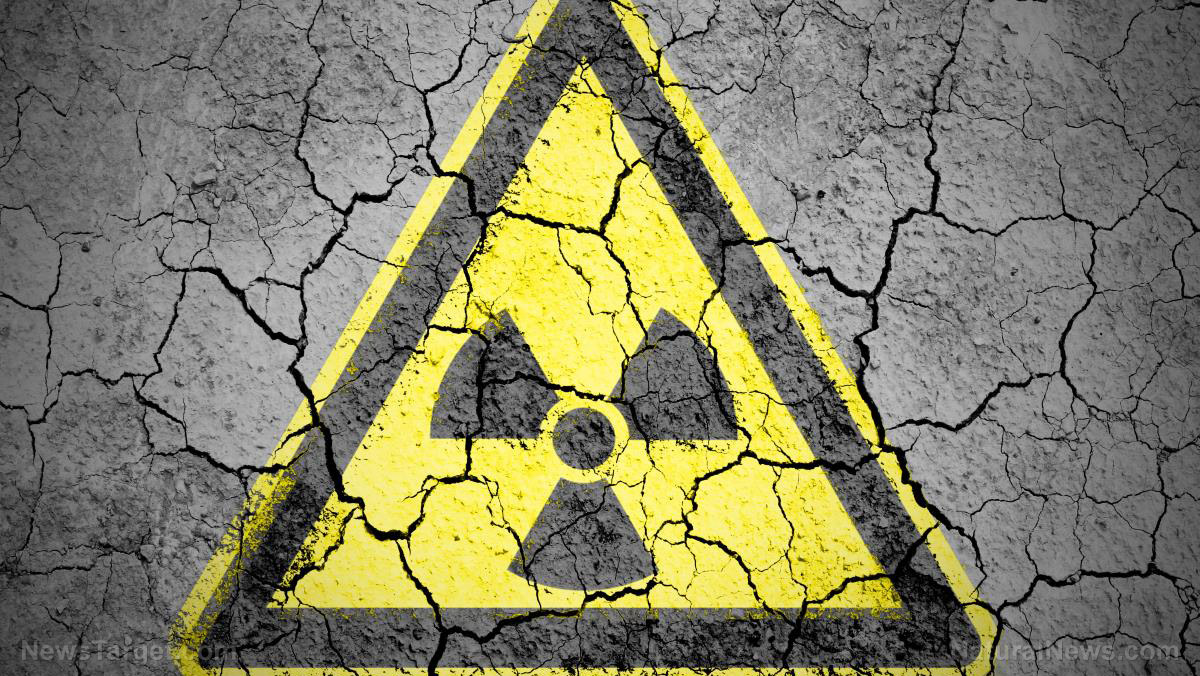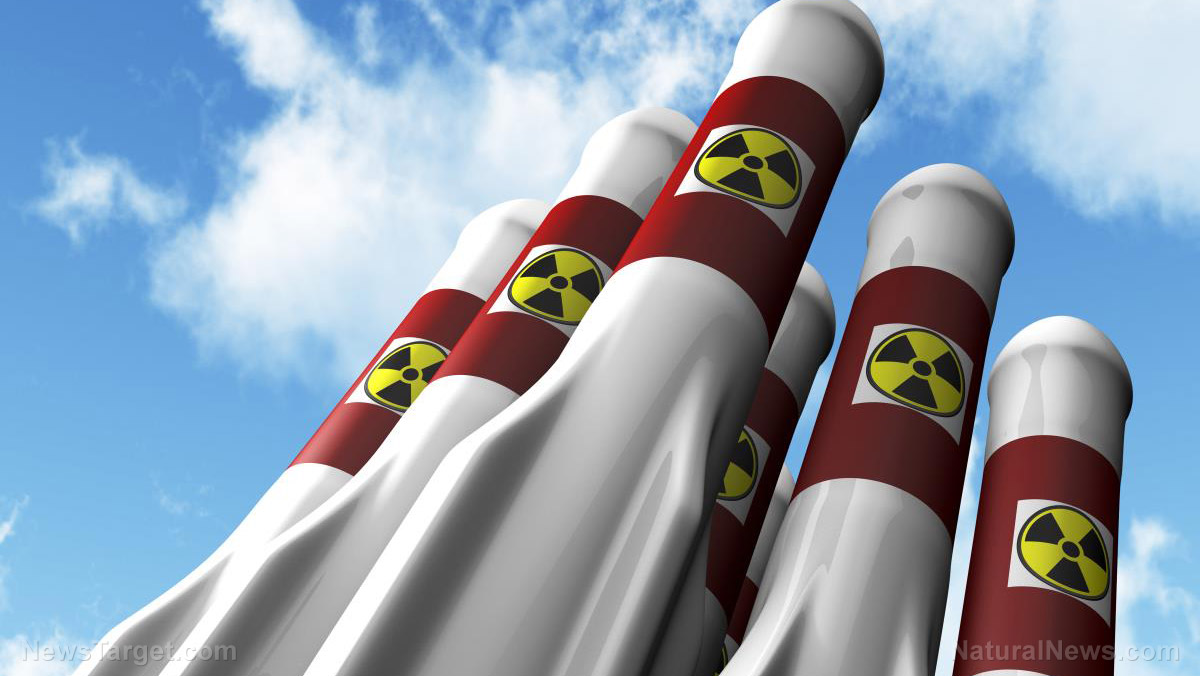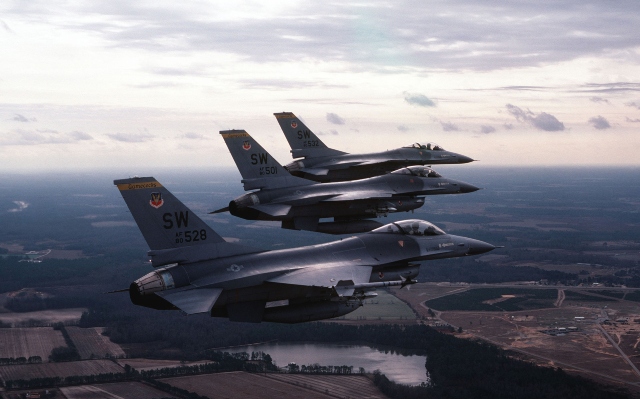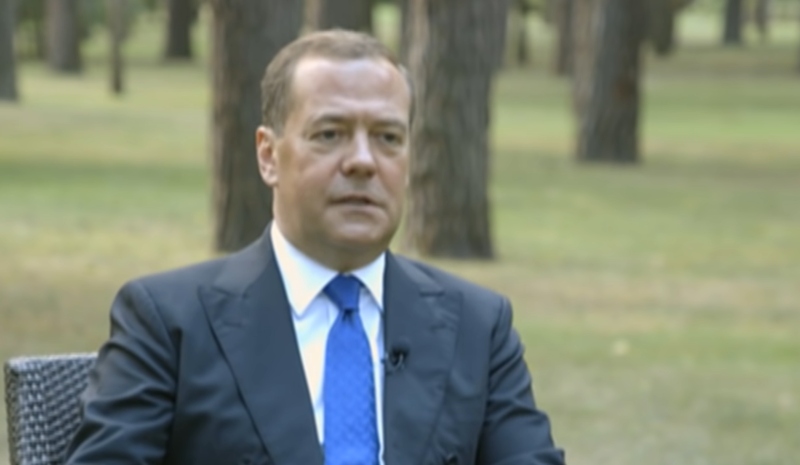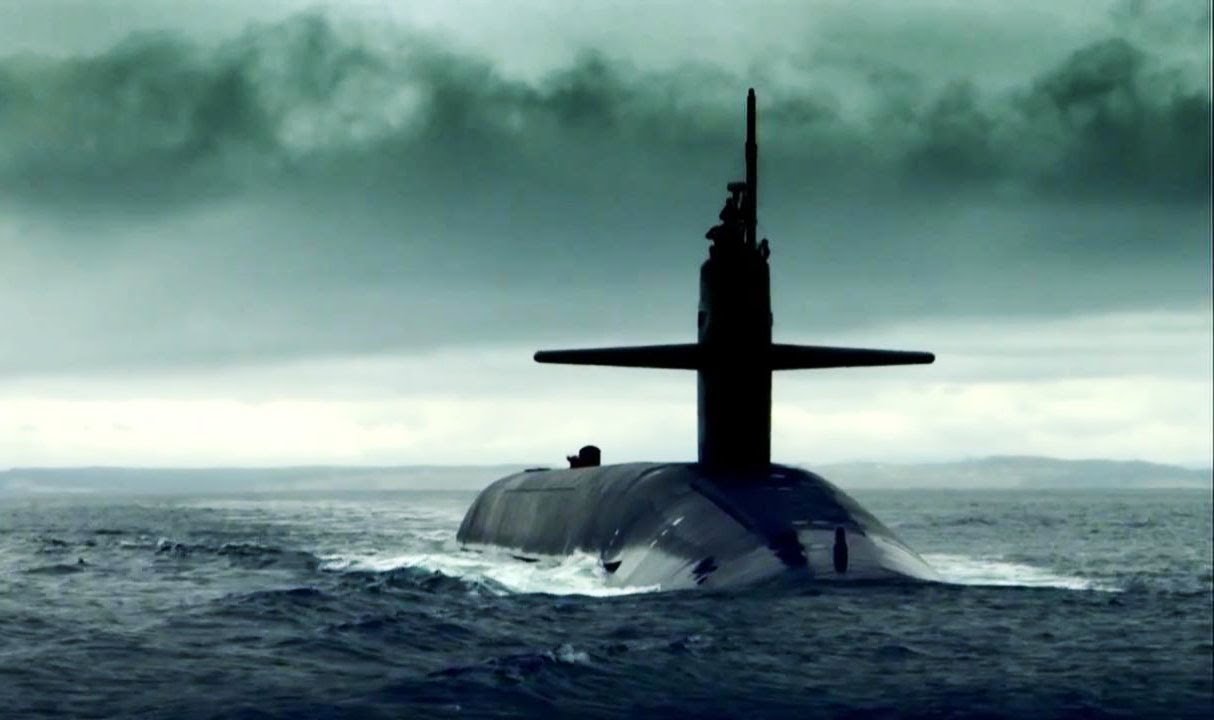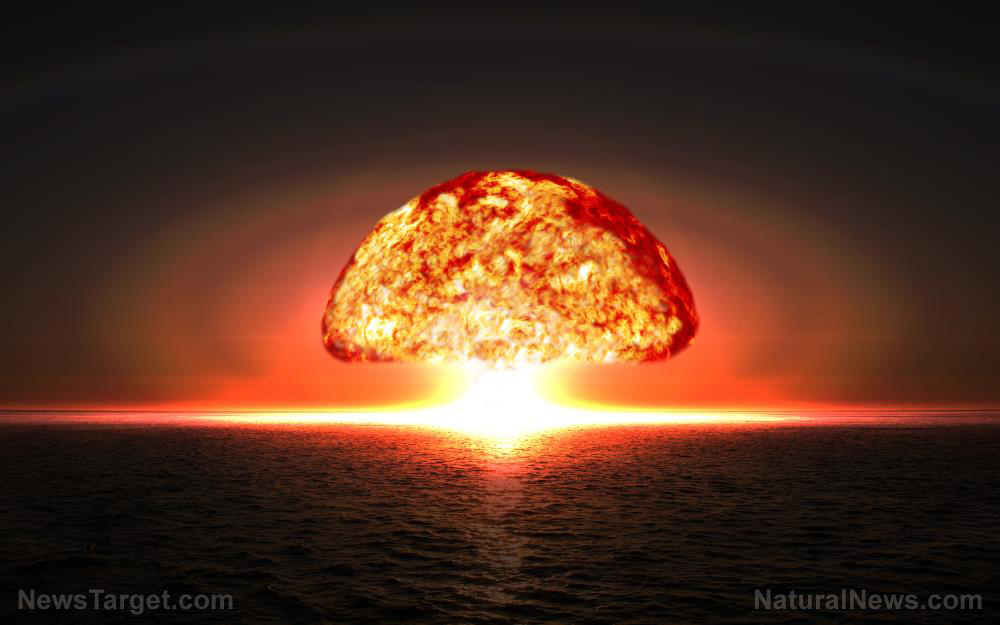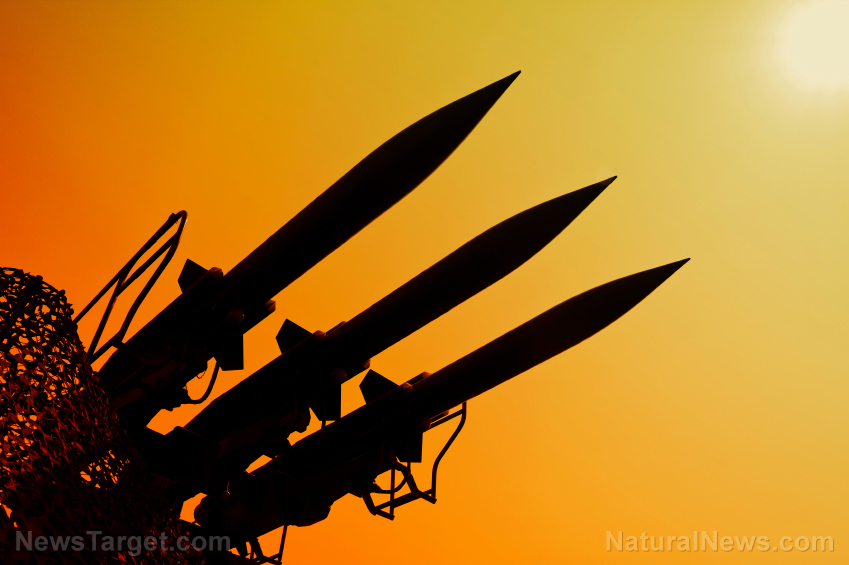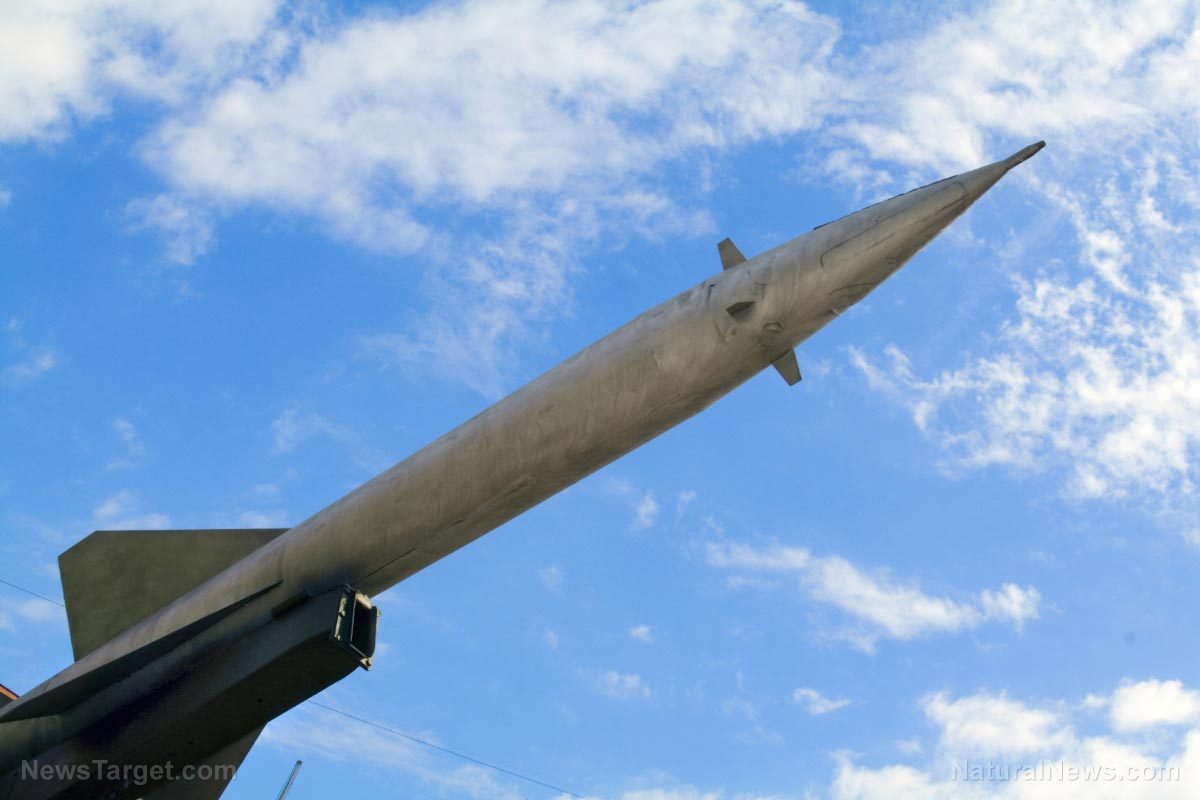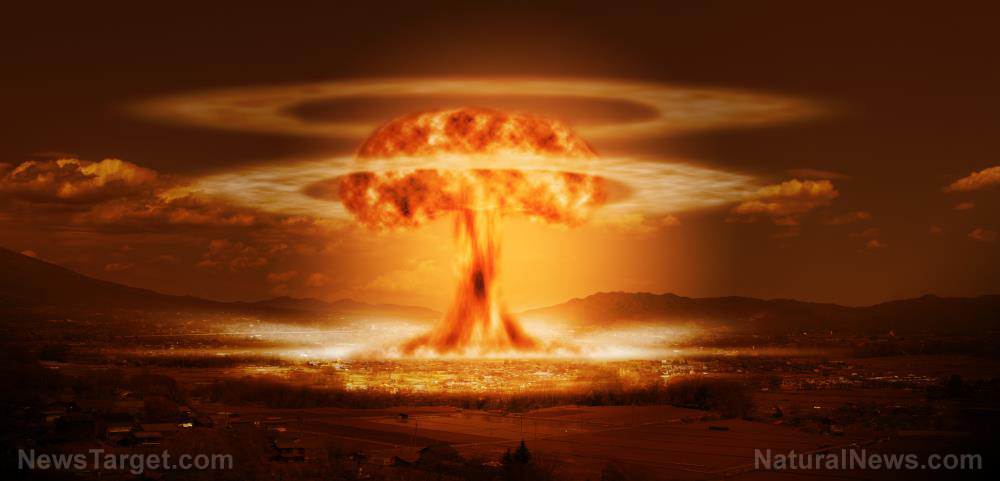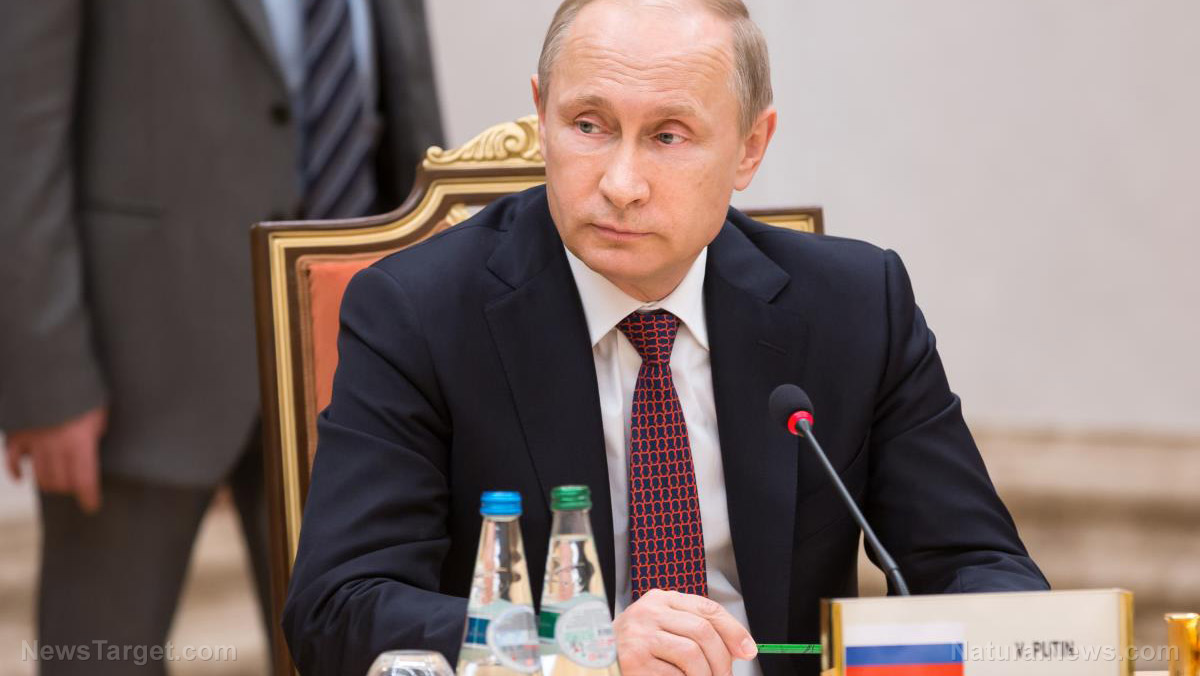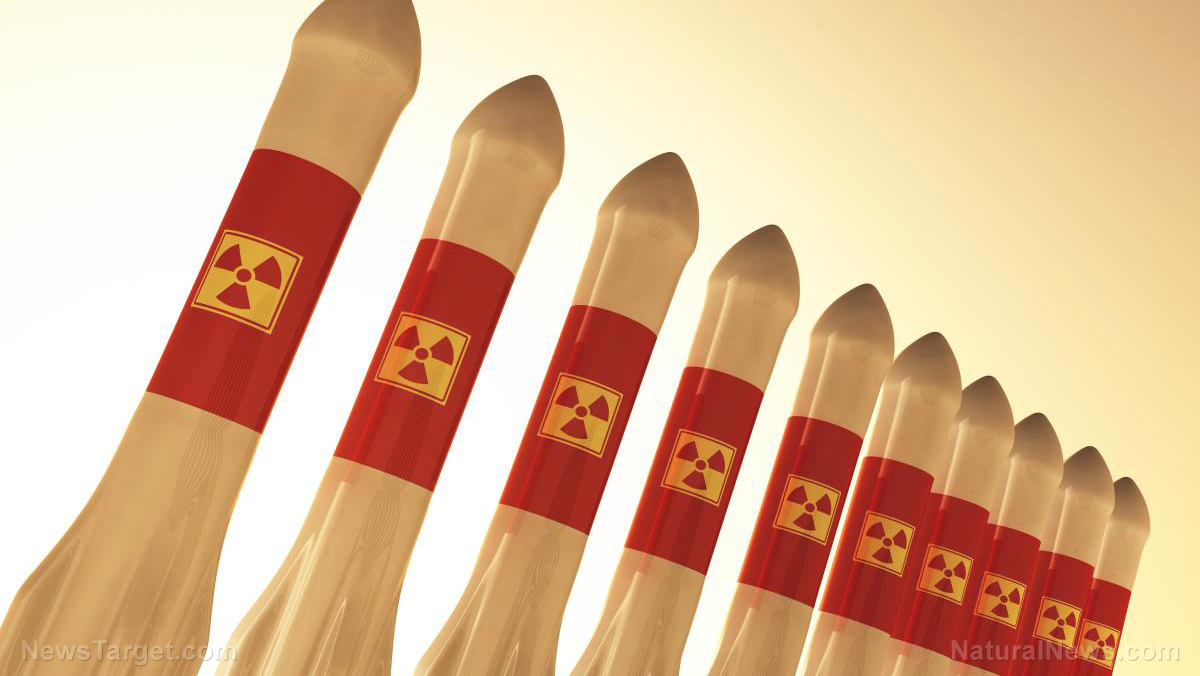A growing number of Russians approve the use of nuclear weapons in Ukraine
07/09/2024 / By Richard Brown
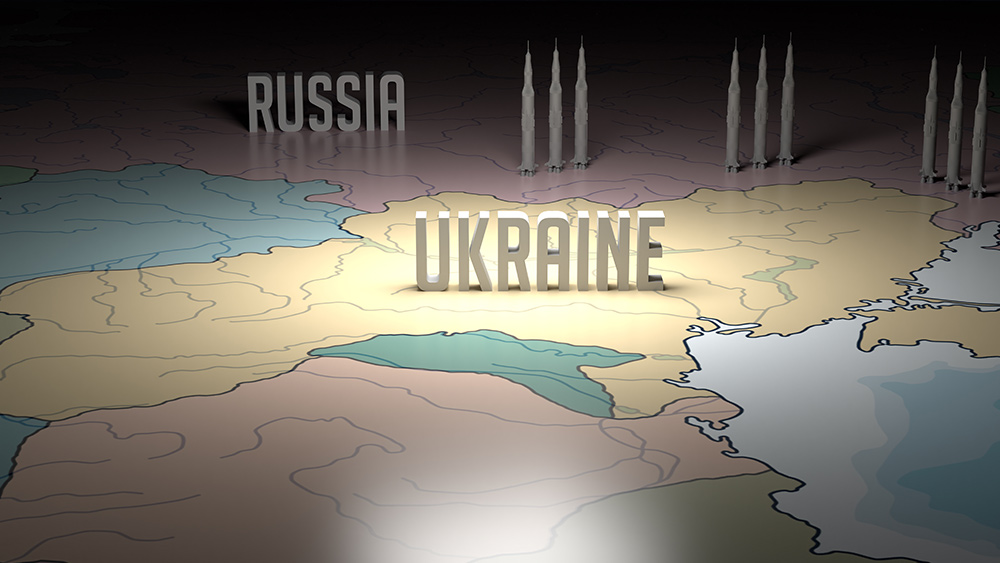
A growing number of Russians are expressing readiness to support Vladimir Putin’s potential use of nuclear weapons in Ukraine. According to recent surveys by the Levada Centre, approximately 34 percent of respondents – slightly more than one in three – would either definitely or likely approve of the use of nuclear arms in the conflict.
This marks a significant increase of five percent from a year ago and represents the highest level of support since Putin initiated his controversial military campaign against Ukraine.
The findings reveal a nuanced spectrum of public opinion, with 31 percent firmly against the use of nuclear weapons and an additional 21 percent leaning toward opposition. This upward trend in support for nuclear options is widely attributed to effective messaging from Russian propagandists seeking to rally nationalistic sentiments in favor of such drastic measures.
Putin orders tactical nuclear missile drills
Recent developments have seen Vladimir Putin ordering tactical nuclear missile drills across Russia and in neighboring Belarus, where significant deployments of atomic weaponry have been orchestrated. These maneuvers are part of broader strategic initiatives, potentially involving a revision of Russia’s nuclear doctrine to facilitate more flexible and preemptive use of nuclear capabilities. (Related: Russian insider Viktor Bout says nuclear WWIII is IMMINENT.)
In parallel with these military exercises, which coincide with geopolitical transitions such as recent changes in leadership in Britain, Russia’s defense forces are actively conducting large-scale nuclear missile drills.
These exercises, including the deployment of Yars missile crews in regions like Irkutsk and Ivanovo, showcase Russia’s capability to swiftly mobilize and demonstrate readiness in response to perceived threats.
Russia’s Ministry of Defense (MoD) has underscored that these drills are part of multi-phased exercises involving tactical nuclear weapons, coordinated closely with Belarusian counterparts.
Activities include electronic missile launches, naval patrols and ground troop movements aimed at simulating real-world scenarios and ensuring operational preparedness.
The heightened military activities and shifting public sentiment reflect a tense geopolitical environment, exacerbated by ongoing international sanctions and diplomatic tensions.
As Russia continues to assert its strategic interests in the region, these developments underscore the volatile nature of current global security dynamics.
According to reports from Interfax and Reuters, the crews operating Yars missile launchers in at least two different regions were tasked with relocating over 100 kilometers (62 miles) and practicing maneuvers such as camouflage and deployment. The ministry also indicated that similar exercises would be conducted by other missile units shortly.
Footage released by the military showcased a mobile launcher navigating forested roads and assuming concealed positions under camouflage to avoid detection.
The earlier tactical nuclear drills held in late May were justified by the MoD as a response to what it deemed as provocative statements and threats from certain Western officials.
This included reported discussions among U.S. and U.K. officials advocating for Ukrainian offensives on Russian territory, purportedly supported by U.S.-supplied weaponry.
Among the concerns raised by Moscow from Western quarters is the prospect of NATO troops being stationed in Ukraine, a proposal initially broached by French President Emmanuel Macron earlier in the year at a security conference in Paris.
Strategic show of strength ahead of NATO summit
These recent nuclear drills with mobile launchers are viewed as a demonstration of readiness and a strategic show of strength ahead of the upcoming NATO summit scheduled from July 9 to 11 in Washington D.C.
The potential accession of Ukraine into NATO is anticipated to be a pivotal topic at the summit, which Moscow perceives as a critical red-line issue.
Despite the U.S. advocating for a pathway for Ukraine’s future NATO membership, a recent letter published by Politico, signed by numerous foreign policy experts, cautions against precipitous promises, arguing that such commitments could escalate tensions and prolong the conflict with Russia.
In essence, these military maneuvers underscore Russia’s stance on regional security and its assertive response to perceived threats from Western geopolitical strategies, especially concerning Ukraine and NATO.
Head over to NuclearWar.news for updates on possible escalations of worldwide conflicts into a nuclear war.
Watch this clip of Lukashenko hinting that Russia may have already begun moving nuclear weapons into Belarus a month before the stated beginning of the move.
This video is from the Galactic Storm channel on Brighteon.com.
More related stories:
NATO considers deploying more nuclear weapons to operational status.
Sources include:
Submit a correction >>
Tagged Under:
big government, chaos, conspiracy, dangerous, fascism, insanity, military tech, national security, NATO, nuclear, nuclear war, nuclear weapons, nukes, Russia, Russia-Ukraine war, Ukraine, Vladimir Putin, weapons technology, World War III
This article may contain statements that reflect the opinion of the author
RECENT NEWS & ARTICLES
COPYRIGHT © 2022 NuclearWar.news
All content posted on this site is protected under Free Speech. NuclearWar.news is not responsible for content written by contributing authors. The information on this site is provided for educational and entertainment purposes only. It is not intended as a substitute for professional advice of any kind. NuclearWar.news assumes no responsibility for the use or misuse of this material. All trademarks, registered trademarks and service marks mentioned on this site are the property of their respective owners.

